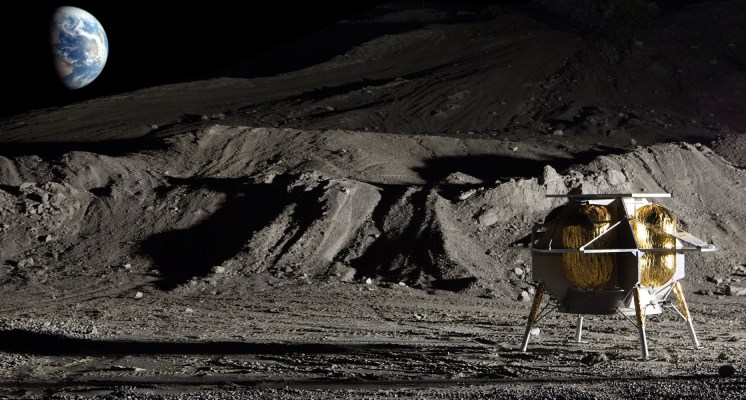NASA reveals the payloads for the first commercial Moon cargo deliveries - 2 minutes read
 NASA has finalized the payloads for its first cargo deliveries scheduled to be carried by commercial lunar landers, vehicles created by companies the agency selected to take part in its Commercial Lunar Payload Services (CLPS) program. In total, there are 16 payloads, which consist of a number of different science experiments and technology experiments, that will be carried by landers built by Astrobotic and Intuitive Machines. Both of these landers are scheduled to launch next year, carrying their cargo to the Moon’s surface and helping prepare the way for NASA’s mission to return humans to the Moon by 2024.
NASA has finalized the payloads for its first cargo deliveries scheduled to be carried by commercial lunar landers, vehicles created by companies the agency selected to take part in its Commercial Lunar Payload Services (CLPS) program. In total, there are 16 payloads, which consist of a number of different science experiments and technology experiments, that will be carried by landers built by Astrobotic and Intuitive Machines. Both of these landers are scheduled to launch next year, carrying their cargo to the Moon’s surface and helping prepare the way for NASA’s mission to return humans to the Moon by 2024.Astrobotic’s Peregrine is set to launch aboard a rocket provided by the United Launch Alliance (ULA), while Intuitive Machines’ Nova-C lander will make its own lunar trip aboard a SpaceX Falcon 9 rocket. Both landers will carry two of the payloads on the list, including a Laser Retro-Reflector Array (LRA) that is basically a mirror-based precision location device for situating the lander itself; and a Navigation Doppler Lidar for Precise Velocity and Range Sensing (NDL) — a laser-based sensor that can provide precision navigation during descent and touchdown. Both of these payloads are being developed by NASA to ensure safe, controlled and specifically targeted landing of spacecraft on the Moon’s surface, and their use here is crucial in building robust lunar landing systems to support Artemis through the return of human astronauts to the Moon and beyond.
Besides those two payloads, everything else on either lander is unique to one vehicle or the other. Astrobotic is carrying more, but its Peregrine lander can hold more cargo — its payload capacity tops out at around 585 lbs, whereas the Nova-C can carry a maximum of 220 lbs. The full list of what each lander will have on board is available below, as detailed by NASA.
Overall, NASA has 14 contractors that could potentially provide lunar payload delivery services through its CLPS program. That basically amounts to a list of approved vendors, who then bid on whatever contracts the agency has available for this specific need. Other companies on the CLPS list include Blue Origin, Lockheed Martin, SpaceX and more. Starting with these two landers next year, NASA hopes to fly around two missions per year each year through the CLPS program.
Source: TechCrunch
Powered by NewsAPI.org